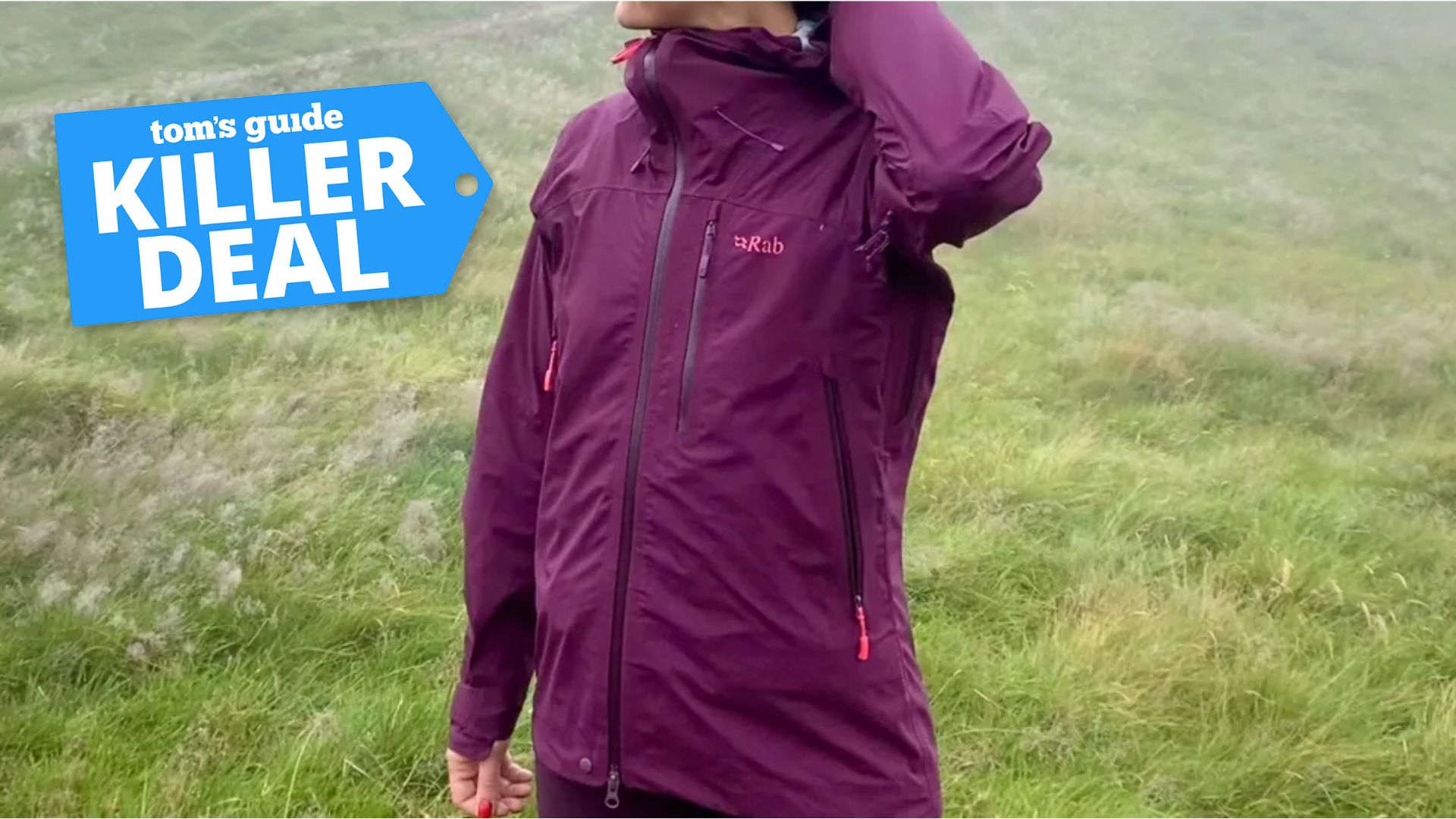Liquid Image Ego LS 800 Cam Streams Video Over 4G LTE
Liquid Image brings 4G video streaming on the Ego LS Model 800 camera, allowing users to send videos straight to YouTube without Wi-Fi.
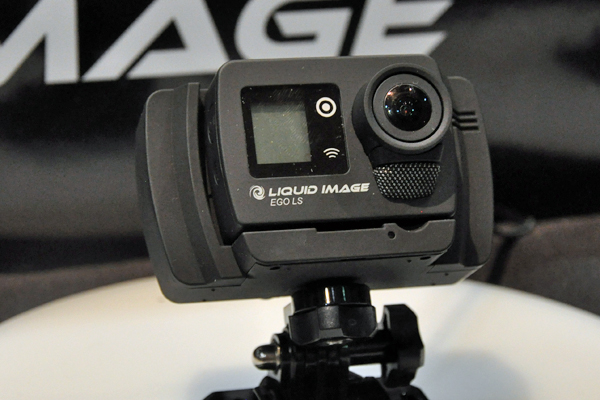
LAS VEGAS — While many cameras feature a built-in Wi-Fi connection, sometimes you just can't wait for a hotspot to upload a photo. Enter Liquid Image's $400 Ego LS Model 800 camera.
Featuring a 4G LTE data connection courtesy of Verizon, the Ego LS 800 skips connecting to a phone or tablet and instead streams videos directly to Liquid's Image Cloud or to YouTube. Data prices on Verizon have not been announced, but with a one-hour video weighing in at around 250 MB, here's hoping the price for 4G streaming won't break the bank.
The pint-sized $400 camera fits neatly in your hand, measuring just 3.5 x 2 x 1.6 inches and weighing 3.4 ounces when paired with the included 4G LTE dock. This makes it easy to attach the Model 800 to a helmet or dashboard without it being obtrusive or cumbersome.
MORE: How To Take Better Photos with Your iPhone
Once secured, the Ego LS 800 can capture videos up to 1080p at 30 fps or 720p at 60 fps, and 8-megapixel stills in continuous or burst modes. ISO sensitivity and white balance are selected automatically, but you can set the f/2.0 lens' shutter speed from a slow 1/4 of a second for better low-light photos, or up to 1/8000 of a second to help freeze superfast motion on brightly lit action shots.
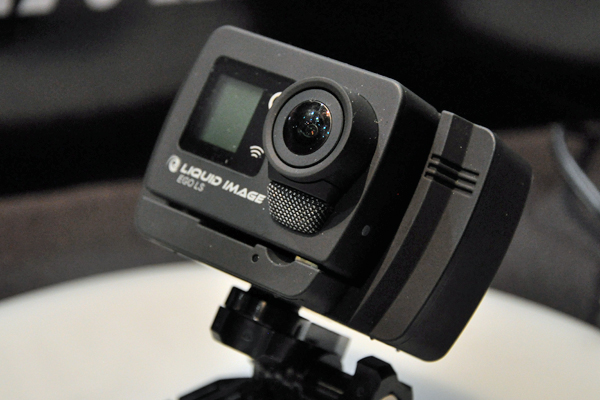
If you choose not to stream over 4G, the Ego LS 800 works in tandem with Liquid Image's Android and iOS apps to send media to a nearby device over its built-in Wi-Fi. The app also allows users to edit pictures and movies, or control the camera remotely. If streaming's not your thing, there's a microSD slot for local storage (the Ego LS 800 supports cards up to 64GB).
Users also have the ability to adjust the streaming video quality, with bitrates from .5 Mbps to 1.5 Mbps. Using LTE, Liquid Image expects the Ego LS 800's battery to last about an hour when streaming video over the cellular connection, and up to two hours when it isn't. Liquid Image claims just a four-second delay when streaming to its own cloud service, although that delay grows to about 30 seconds when sending video to YouTube.
Get instant access to breaking news, the hottest reviews, great deals and helpful tips.
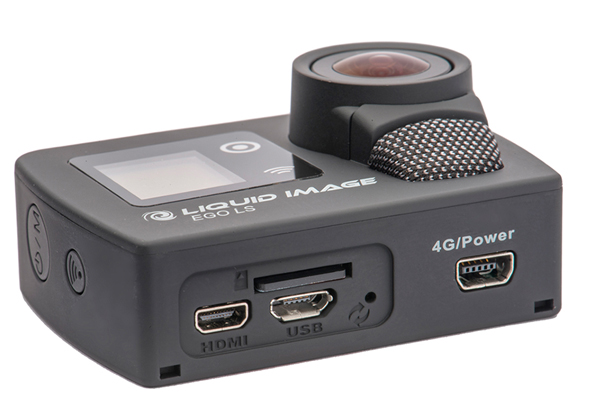
The Ego LS 800 also has onboard Bluetooth to make pairing the camera to a nearby device a cinch, as well as a low-frequency RF connection, which can be used in conjunction with a remote control to wake up the camera from standby without consuming a lot of battery life.
I was able to get some hands-on time with the Ego LS 800, and the first thing I noticed was its lightness combined with its sturdy plastic body. The next thing that jumped out was the large 145-degree wide-angle lens positioned above the built-in waterproof microphone, which has an embedded wind guard.
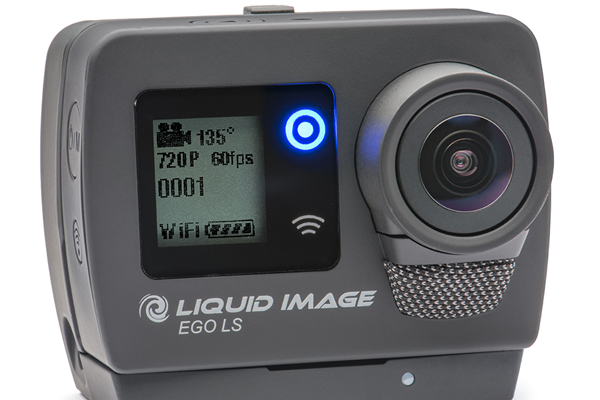
This lens-and-microphone combination should make it easy to keep subjects in frame and keep audio free of excessive wind noise, although that will take some additional testing to confirm.
The main concern for the Ego LS 800 is that, with a price tag of $400, it will compete directly against GoPro's Hero4 Silver camera, which features a more durable waterproof body (for submersion up to 131 feet) and the ability to capture videos in 1080p at 60 fps and in 720p at 120 fps.
With its expected release in Q1 2015, we won't have to wait long to see if the Ego LS 800's ability to stream video over 4G is a worthy trade-off for its less rugged body and lack of 60 fps videos in 1080p.
- The Best Cameras for Your Money Right Now
- Our Favorite Rugged and Waterproof Cameras
- 8 Great Apps to Manage Photos on Your Mobile
Sam Rutherford is a Staff Writer at Tom’s Guide. Follow him @SamRutherford. Follow us @Tom's Guide, on Facebook and on Google+.
Sam is a Senior Writer at Engadget and previously worked at Gizmodo as a Senior Reporter. Before that, he worked at Tom's Guide and Laptop Mag as a Staff Writer and Senior Product Review Analyst, overseeing benchmarks and testing for countless product reviews. He was also an archery instructor and a penguin trainer too (really).
